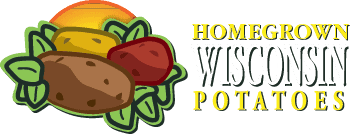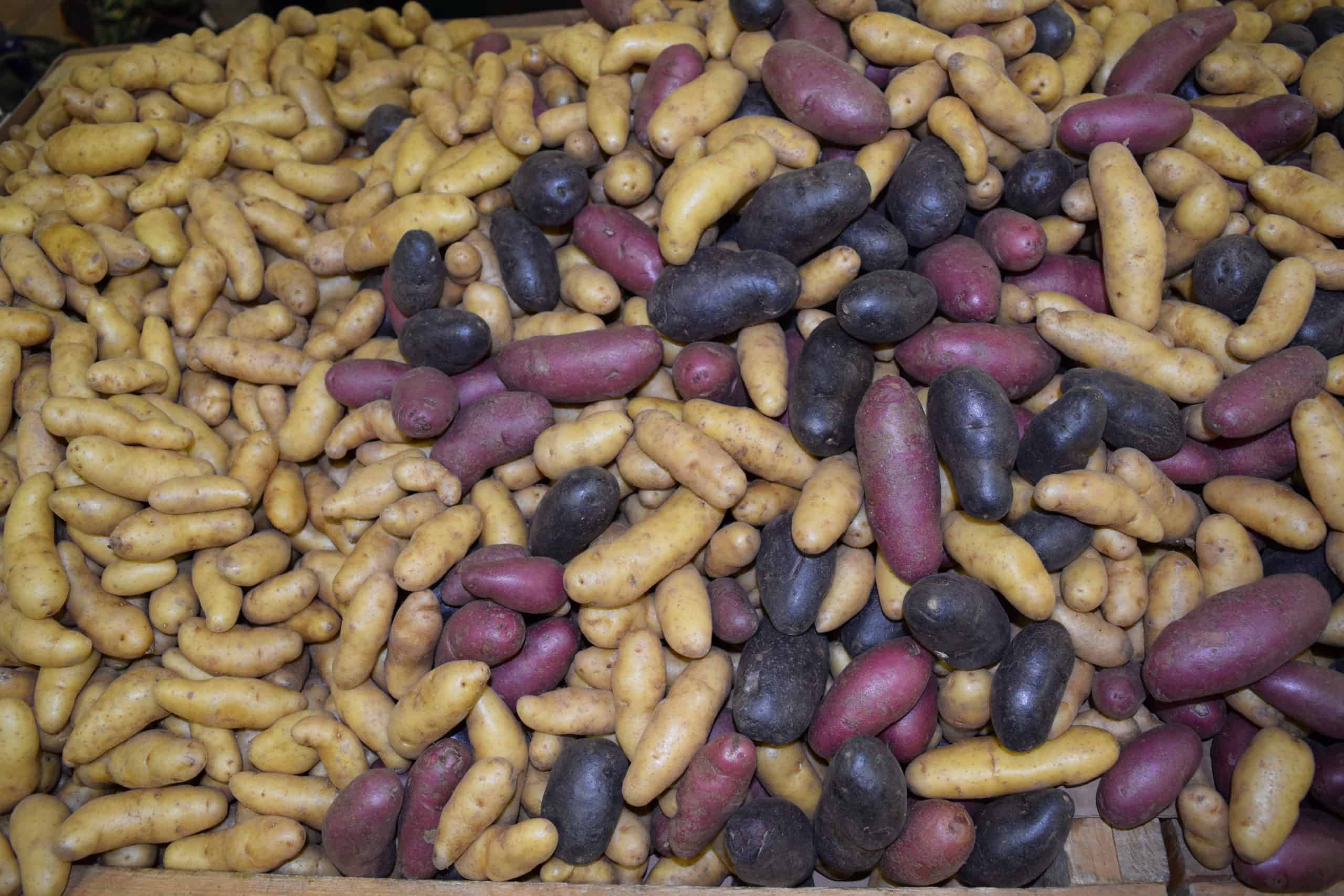U.S. potato growers provide unique insight into buying, handling and preparing spuds.
Potato farmers, packers and processors are doing what it takes to keep potatoes supplied to grocery stores and restaurants around the country.
Many consumers are stocking up on potatoes during these uncertain times, and it’s important to make the most of these purchases. Heidi Alsum-Randall, a potato farmer and mother from Wisconsin, provided the following thoughts:
“We know many people are spending more time in their homes right now, looking for ways to prepare easy and nutritious meals for themselves and their families,” she says.
“We are hearing from grocery retailers that people are stocking up on potatoes. That makes perfect sense to us as potatoes are a nutrient-dense vegetable with a long shelf-life,” Randall remarks.
“Potato farmers, packers and processors are doing what it takes to keep potatoes supplied to grocery stores and restaurants around the country,” she adds. “Now more than ever, we are committed to our life’s work—raising food for families here and around the world.”
Here are some tips from America’s potato farmers on how to purchase, store and prepare potatoes at home:
Buying Potatoes
- Vegetables are often described as perfect and imperfect. As you are stocking up, imperfect potatoes are just as good as those without imperfections. If cuts, bruises or discoloration are present, just cut these off before cooking.
- You can also find dehydrated and frozen potatoes in the center of the store and they require minimal preparation.
- Also available are freshly cut and ready-to-eat products in the deli and prepared foods aisles.
- And don’t forget the potato chips, as everyone could use a bit of joy.
Storage & Handling of Fresh Potatoes
- Do not refrigerate or freeze fresh potatoes before cooking.
- Store in a cool, dark, well-ventilated place, avoiding high temperatures such as below sinks or next to appliances.
- Be sure air can reach your potatoes. Either store loose or in plastic or paper bags with holes.
- Don’t wash potatoes before storing as dampness will lead to early spoilage.
- Check potatoes regularly and remove any that show signs of spoilage, as this will spread to the others.
- If potatoes begin to sprout, you can still cook them. Just remove the sprout and cut away any green areas.
- Of course, you can also use sprouted potatoes as a fun kid activity by placing them in a container of water with the sprouts in the air and watching them grow.
Cooking Potatoes
- Potatoes can be baked, boiled, roasted, mashed, fried, air fried (here is a chance to use that new appliance from the holidays), microwaved and grilled.
- Here are some of the favorite ways to prepare potatoes:
1. Baked potato in the oven or microwave
2. Au gratin, which sounds complicated but is simply thinly sliced potatoes baked with some cream, salt and pepper
3. Roasted by cutting into pieces and tossing with oil, salt and pepper or dried herbs and putting in the oven
4. Mashed, because is anything more satisfying and simpler than cutting up potatoes, boiling them in water until soft, adding milk, butter, salt and pepper and smashing? - Don’t forget that many dishes, such as potato salad, can be made ahead and enjoyed later provided they are stored in the refrigerator.
- Leftovers can easily be transformed into new dishes; mashed potatoes can become potato pancakes and baked wedges from dinner can be mixed in a scramble with eggs the next morning.
To learn more about the potatoes you’ve purchased, please go to www.PotatoGoodness.com for more recipes, cooking tricks and tips and nutritional information.

